- Strategy
- Sustainability
Sustainable cities – building on big data.
Simon Hall, Brand & Strategy Director at Wyatt is exploring the World Bank’s Sustainable Development Goals. Focusing on ‘sustainable cities and communities’, Simon is looking at the vital role of digitalisation and the challenges faced by the global construction industry.
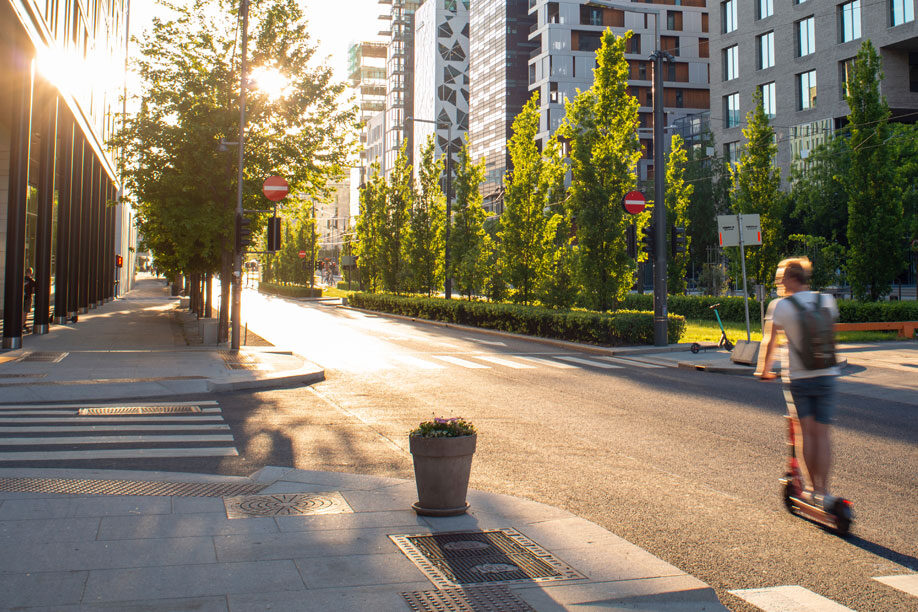
“London’s streets are paved with gold.”
Dick Whittington’s famous statement highlights a trend that continues today, with increasing numbers of people drawn to cities in search of opportunity. This trend is irreversible. In 2008, for the first time in history, more people lived in cities than in rural areas.
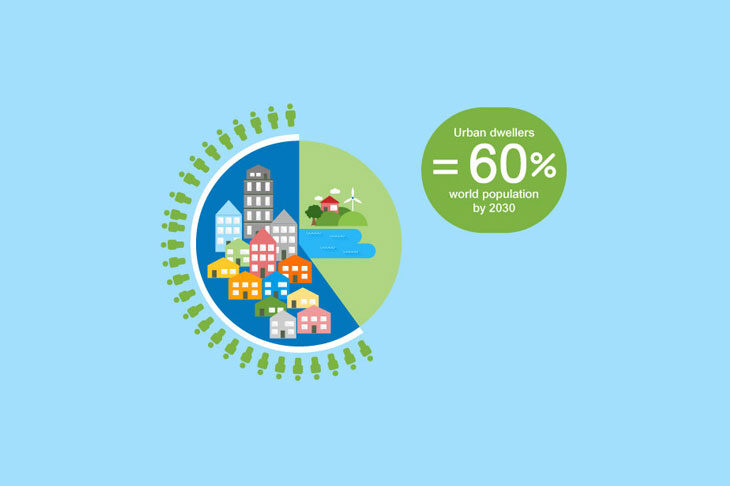
Over the next 20 years, the urban population of developing countries will hit four billion – double the current figure – while projections suggest that by 2050, some 60% of the world’s population will be urbanised, with many living in a megacity with over 10 million inhabitants.
Urban areas are vital for economic growth, accounting for around 70% of the world’s gross domestic product. As a hothouse for ideas and culture, cities have helped to drive human development.
However, the migration to cities has bred a new set of challenges.
Social, economic and environmental inequalities.
In 1858, not long after Dick Whittington’s words first appeared in print, the catastrophic failure of London’s sewage systems led to ‘The Great Stink’ and fatal outbreaks of cholera, predominantly in poor communities.
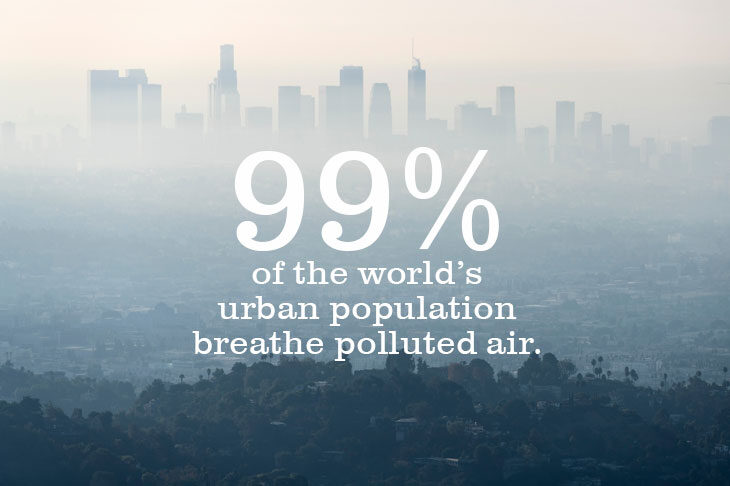
Although we have progressed, cities worldwide continue to showcase huge social, economic and environmental inequalities. A disturbing 99% of the world’s urban population breathes polluted air, while the number of people at risk from flooding in the world’s largest 600 cities has dramatically increased over the last 50 years, especially in coastal areas.
Research by the UN has also shown that over 60% of urban dwellers in developing countries have been a victim of crime within the last five years. Similarly, the tendency of cities to be warmer – the so-called urban heat island (UHI) effect – increases the likelihood of heatwaves and heat-related mortality. Much of the burden falls on the shoulders of the poor.
The importance of people and planet.
Each of these challenges has given planners plenty of food for thought. We’ve already seen The Garden City movement and modernism to new towns and behaviourism. Today, this has coalesced into the concept of ‘sustainable cities and communities’, which recognises the fundamental importance of people and the planet. This isn’t a passing phase or trend in urban planning. It’s a globally recognised objective, listed as the eleventh of the World Bank’s 19 sustainable development goals (SDGs) – to ‘make cities and human settlements inclusive, safe, resilient and sustainable.’
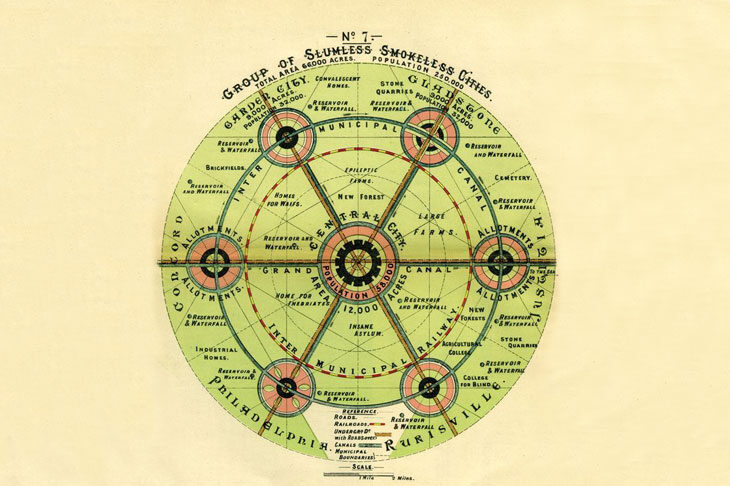
Today, this has coalesced into the concept of ‘sustainable cities and communities’, which recognises the fundamental importance of people and the planet. This isn’t a passing phase or trend in urban planning. It’s a globally recognised objective, listed as the eleventh of the World Bank’s 19 sustainable development goals (SDGs) – to ‘make cities and human settlements inclusive, safe, resilient and sustainable.’
To ensure all urban dwellers have access to the essentials and amenities that enhance life – including clean air, green spaces, housing and jobs – digitalisation must be embraced and data harnessed. This will demand a coordinated approach across multiple disciplines: construction, transportation, water and waste management, education and healthcare.
Seamless connectivity
In major cities across the globe, digital technology is already enabling seamless travel across the underground and overground networks, a key step towards affordable and accessible transport. Elsewhere, ‘intelligent systems’ are being used to gather data to help optimise and manage resources including energy, water and waste.
In Spain for example, the city of Santander deploys some 12,000 sensors to monitor air quality, lighting, waste collection, traffic volumes and parking, giving the authorities vital real-time data to inform effective decision-making.
The use of digital to generate key data is, like urbanisation, growing exponentially. In 2013, this activity used c four zettabytes. By 2020, this rose sixfold to an estimated 44 zettabytes.
The power of digital to enhance our lives is further recognised by the fact US federal courts now define high-speed internet connectivity as a utility, it is as essential to citizens as energy, emergency services and education.
Digital is also encouraging engagement with citizens, using smart devices to canvas opinions and understand behaviour and lifestyle patterns. As people demand more say in decisions, and more relevant services this is a vital and democratic development.
Changes in practice and funding.
Although the adoption of digital processes has started to build momentum, the challenge will be evolving age-old practices across the wider construction industry. To deliver on each project’s sustainability targets, contractors are using new materials and modern methods of construction, such as pre-fabrication. Additionally, instead of new builds, there’s also a noticeable trend for upcycling and repurposing existing estates.
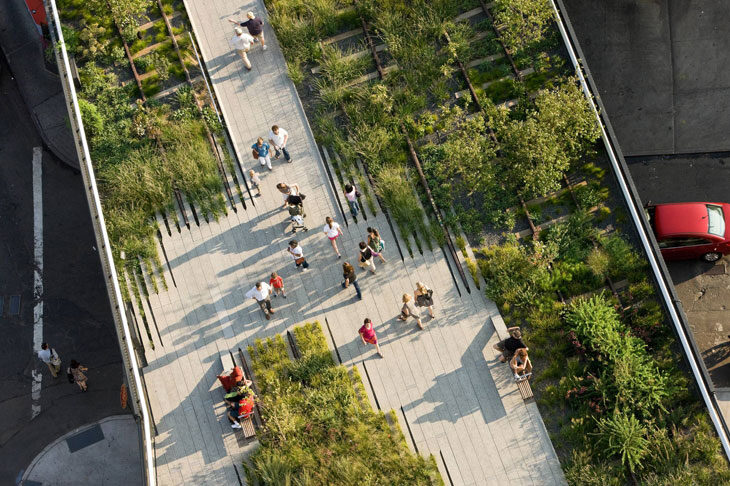
The High Line Park (New York) and Gyeongui Line Forest Park (Seoul), have both made use of abandoned rail tracks to create green spaces in urban areas. There’s also a change to funding for privately owned public spaces (POPS) such as parks, stations and event arenas. London recently had 46 POPS with more to come.
Plugging the infrastructure gap.
The industry is undergoing the biggest change it has ever experienced. Delivering the sustainable development goals will be challenging and costly. According to the World Bank, plugging the infrastructure gap in developing economies will cost some $1 trillion a year, while the UN estimates that to meet housing needs, over one billion new units will be needed by 2025. For developed countries, the cost of bringing outdated bridges, sewage systems and wastewater facilities in line with 21st Century needs is equally eye-watering.
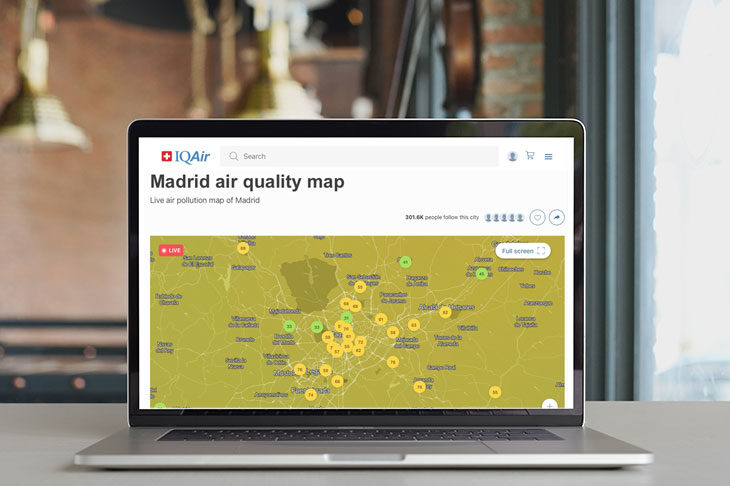
A fundamental shift.
Against a background of climate change and health inequality, urbanisation demands a fundamental shift towards digitally driven sustainable construction, planning and delivery. It’s no longer a luxury, it’s essential. Among all the uncertainty, one thing is for sure: future cities and communities won’t be built on brick and block alone, but on a new form of gold – big data.
For more information on how we’re helping brands embrace sustainability and accelerate digitalisation, please get in touch by emailing me at simon@wyattinternational.com.
